What Are the Differences Between Liposuction and Lipomatic?
Body Plastic Surgery
With the advancement of body contouring surgeries, having a slim body and a flat stomach is not a dream anymore. So far, various surgical methods such as tummy tuck, liposuction, lipomatic, and body lift have been developed to help people eliminate their local fat deposits and saggy skin.
Although these techniques have many similar features and characteristics, they differ slightly in their procedures, recovery periods, and side effects. This article discusses different aspects of liposuction and lipomatic and their main differences.
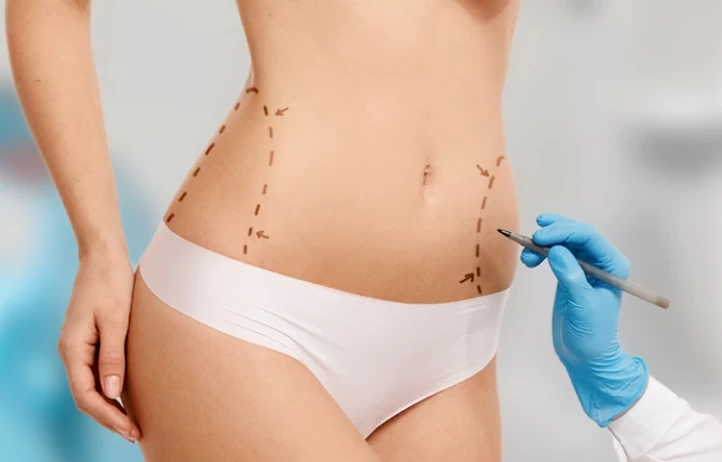
What Is Liposuction Surgery?
Liposuction is a surgical procedure that removes stubborn fat pockets from the abdomen, buttocks, hips, thighs, arms, chin, neck, and ankles. Various liposuction methods are practiced today, but this surgery's most efficient and common techniques are tumescent, ultrasound-assisted, and laser-assisted. Today, these minimally invasive techniques are more popular than more invasive procedures, such as tummy tucks, as they have fewer side effects and higher success rates.
What Is Lipomatic Surgery?
Lipomatic is also a cosmetic procedure in which advanced devices precisely remove fatty deposits from different body parts. In this procedure, the excess fat is either sucked out of the body or transferred to other body parts such as breasts and face. Lipomatic surgery is highly practiced worldwide as it is minimally invasive, has a short recovery period, and has a more natural result.
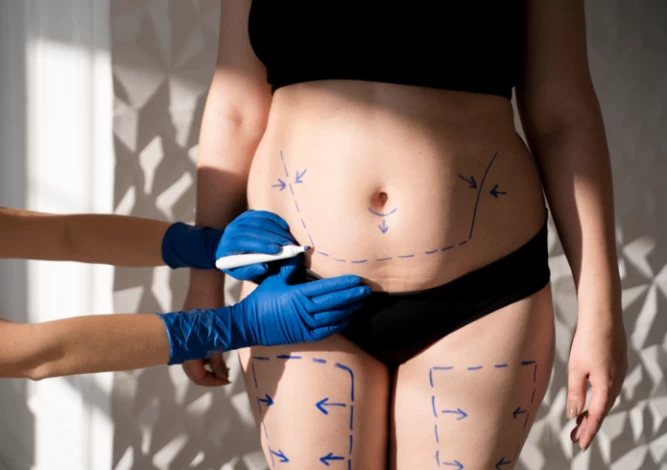
Good Candidates for Liposuction and Lipomatic
In general, people with the following features are considered ideal candidates for both liposuction and lipomatic surgeries.
- Having stubborn fat pockets that do not go away by exercising and dieting;
- Being between the ages of 18 and 65;
- Being within 30% of ideal weight;
- Having a BMI less than 30;
- Having good muscle tone;
- Not having serious medical conditions such as heart or lung problems;
- Being a nonsmoker;
- Having a clear and realistic expectation towards the outcomes of the surgery;
- Not having a history of developing hypertrophic scars;
- Not being pregnant or breastfeeding;
- Having no intention of getting pregnant in the future.
Liposuction Vs. Lipomatic: Procedure
In the following, the procedures of liposuction and lipomatic are explained and compared.
Liposuction procedure
The liposuction procedure initiates injecting anesthetics into the intended part(s). Once the surgical site is numbed, the surgeon makes several tiny incisions and inserts a narrow tube into the body. This tube may be attached to a laser or ultrasound device, which liquefies the fat walls. Then, the surgeon inserts a suction device called a cannula into the incisions and moves it back and forth to remove the fat cells. Depending on the number of surgical parts and the amount of fat that should be removed, this surgery may take one to four hours. Moreover, although this operation is mainly done under local anesthesia, you should probably stay a night at the hospital to be monitored.
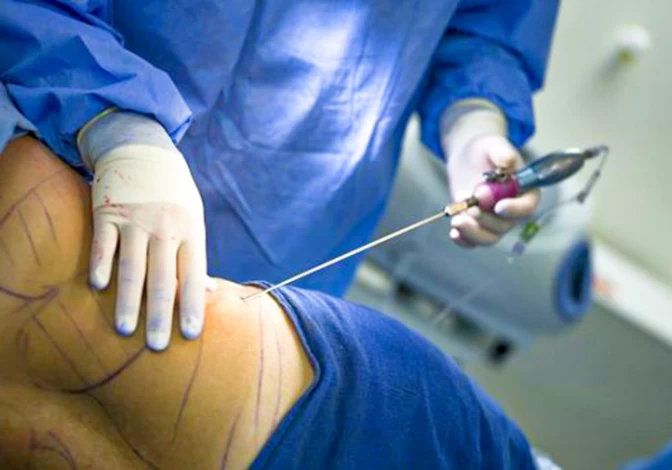
Lipomatic procedure
In lipomatic surgery, also done under local anesthesia, the surgeon uses infrasonic sound and vibration to melt down the fatty tissues and a rotating cannula to extract the fat cells. In this method, the cannula's rotational movements keep the fat cells, nerves, and blood vessels unharmed so that the fat cells can augment breasts, chicks, hips, and buttocks. It is worth mentioning that the whole procedure of lipomatic takes two to three hours, and you need to stay at the hospital for 24 hours. Moreover, the recovery period of this operation is much shorter than other methods, and its scars are minimal.
Liposuction Vs. Lipomatic: Risks and Side Effects
As with any cosmetic procedure, liposuction and lipomatic have possible risks and side effects that may affect the final results or put the patient's health at risk. Since these surgeries' procedures are similar, their complications are quite similar. Remember that you can avoid many side effects by choosing a qualified surgeon and caring for your body during recovery.
- Contour irregularities may happen due to poor skin elasticity and uneven fat extraction. Also, lumps and bumps may occur due to the accumulation of bodily fluid under the skin.
- Formation of seroma under the skin. These pockets of fluid usually go away on their own within a couple of months, but in some cases, the surgeon drains them with a needle or a tube.
- Formation of blood clots in the vessels. Thrombophlebitis is a life-threatening side effect of these body surgeries and needs emergency surgical treatment.
- Change in the sensation of the operated area. The surgical tools used in liposuction and lipomatic may cause minor or severe damage to the operated area and cause temporary or permanent numbness.
- Infection may happen due to poor hygiene.
- Internal puncture is a rare complication of these surgeries due to cannula damage to internal organs.
- Fat embolism happens when fat cells accumulate in the vessels or travel through arteries to the lungs, heart, and brain. Fat embolism is considered a life-threatening side effect and requires immediate medical attention.
- Kidney and heart failure. After liposuction and lipomatic surgeries, the level of fluids in the body shifts, and that may hurt the kidneys and heart.
- Reaction to anesthetics. Some people may be allergic to the anesthetics used in these two surgeries. If lidocaine toxicity happens, the patient experiences vomiting, tongue paresthesia, dizziness and lightheadedness, blurred vision, seizures, and visual/auditory disturbances.
- Skin sagginess. Since you lose too much weight in one sitting, the skin may find it difficult to conform to the new contour. To prevent skin saginess, wear a compression garment daily for at least three months and use prescribed ointments and creams.
Liposuction Vs. Lipomatic: Recovery
The recovery periods of liposuction and lipomatic play important roles in the surgery results; therefore, you should consider the following points to obtain the best results possible.
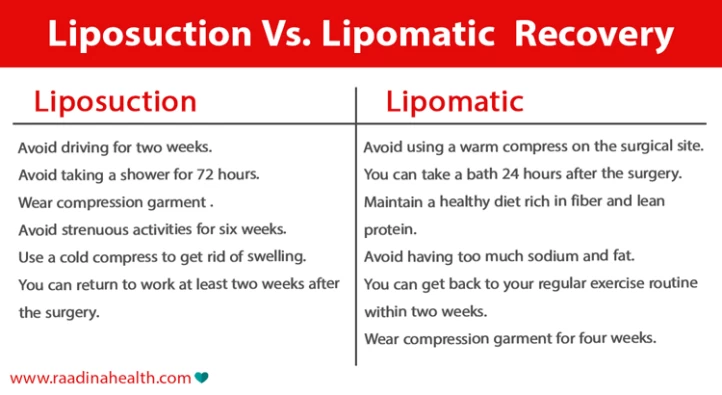
Liposuction recovery
Each body uniquely reacts to lipo surgery, so it is hard to define an exact timeline for its recovery period. Generally, the liposuction recovery time ranges between three to eight weeks, depending on how fast the body heals and recovers.
- You can return to work two weeks after the surgery if you have a desk job. People who have more physically demanding jobs should wait at least three weeks before getting back to work;
- Avoid driving for two weeks because you may strain your operated area and rupture your sutures;
- Avoid taking a shower for 72 hours;
- Wear compression garment/sleeves/socks for as long as your surgeon suggests;
- Avoid strenuous activities and contact sports for six weeks;
- Swimming is not allowed for four to six weeks;
- Avoid bed rest. It would help if you walked slowly around the house from the second day onwards in order to prevent blood clotting;
- Use a cold compress to get rid of bruising and swelling sooner;
- Use prescribed ointments to prevent scarring;
- Take your antibiotics and dietary supplements as you have been instructed.
Lipomatic Recovery
Fortunately, lipomatic surgery has a shorter recovery period and involves less pain and swelling, but you should still take care of your body to maximize the effects of your operation.
- Wear compression garment for four weeks;
- Avoid using a warm compress on the surgical site;
- You can take a bath 24 hours after the surgery, but you should gently dry the incisions with a soft towel;
- Maintain a healthy diet rich in fiber and lean protein;
- Avoid having too much sodium and fat;
- You can get back to your regular exercise routine within two weeks, but you should avoid contact sports for at least four weeks;
- Avoid using saunas and hot tubs for a month. You can go swimming for two weeks following the surgery.
Which One Is Better, Liposuction or Lipomatic?
It is hard to choose between liposuction and lipomatic as these two techniques have similar procedures, side effects, and recovery periods. However, most surgeons recommend lipomatic surgery as this method has lower risks, fewer complications, and a shorter recovery period. Also, in lipomatic, newer technological devices are used which are more precise and cause less damage to the body's organs. Make a mental note that, at last, your surgeon chooses the best surgical technique for you based on your expectations and body features.
Liposuction in Iran
Liposuction is a popular cosmetic surgery in Iran, with many people seeking it to remove excess fat deposits and improve their body contour. Iran has a well-developed medical tourism industry that attracts patients from all around the world. The cost of liposuction in Iran is significantly lower compared to many other countries, making it an attractive option for international patients. Iranian plastic surgeons are also highly trained and experienced in performing liposuction surgeries.
FAQs About Liposuction Aftercare
1. What is the main difference between traditional Liposuction vs Lipomatic?
The main difference lies in the method of fat removal. Traditional liposuction uses suction alone to manually break apart and remove fat cells. Lipomatic utilizes a power-assisted cannula with a vibrating motion that helps gently break up fat cells before they are suctioned out.
2. What are the benefits of Lipomatic over traditional liposuction?
Lipomatic may result in less bruising, swelling, and downtime compared to traditional liposuction. The technique is often considered gentler on tissues and so it can enhance recovery time.
3. Are the results from liposuction vs Lipomatic similar?
Both lipomatic vs lipo procedures aim to contour the body by removing unwanted fat. However, the results can vary based on patient factors, the skill of the cosmetic surgeon, and the technique used.
4. Is one procedure more suitable for certain body types?
Both lipo vs lipomatic procedures can be effective for different body types; however, lipomatic may be particularly helpful for patients with fibrous fat or those seeking less invasive surgery.
5. Can both procedures be combined with other treatments?
Both liposuction vs lipomatic can be combined with other cosmetic procedures, such as tummy tucks (abdominoplasty) or body lifts, depending on the patient's goals and the surgeon's recommendations.



 WhatsApp
WhatsApp
 Telegram
Telegram
 Facebook
Facebook
 Email
Email

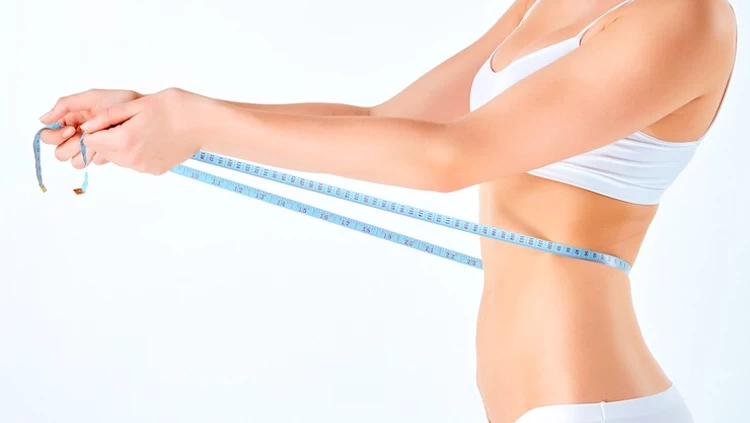

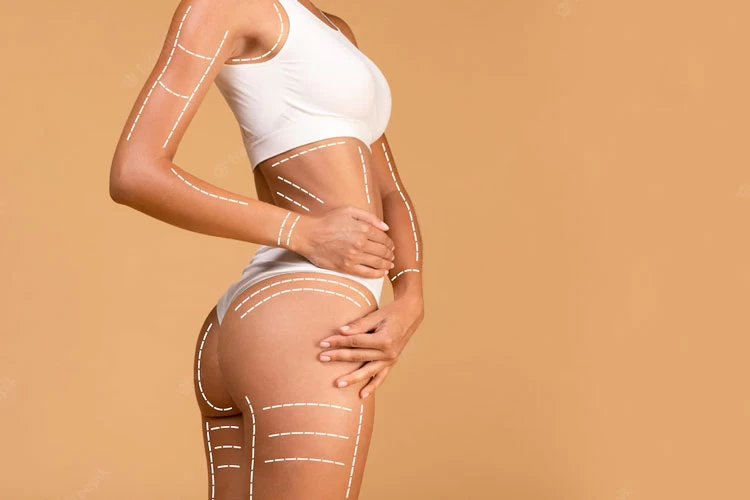
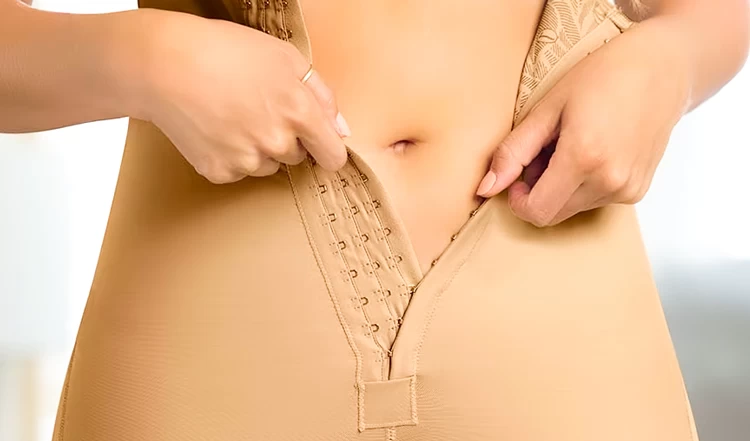



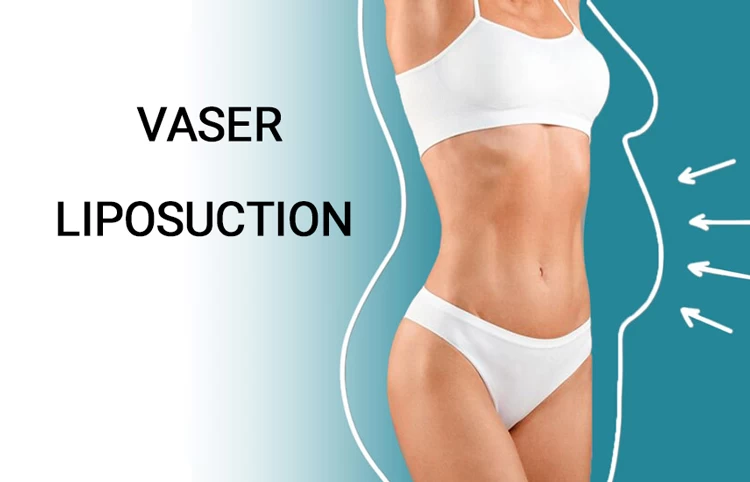
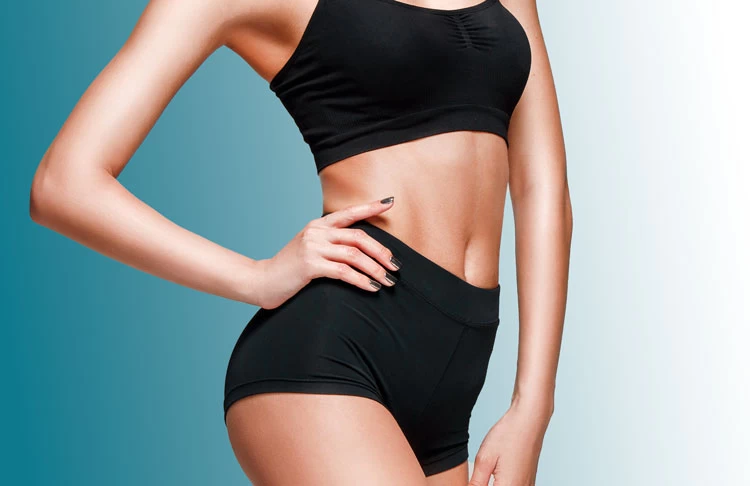
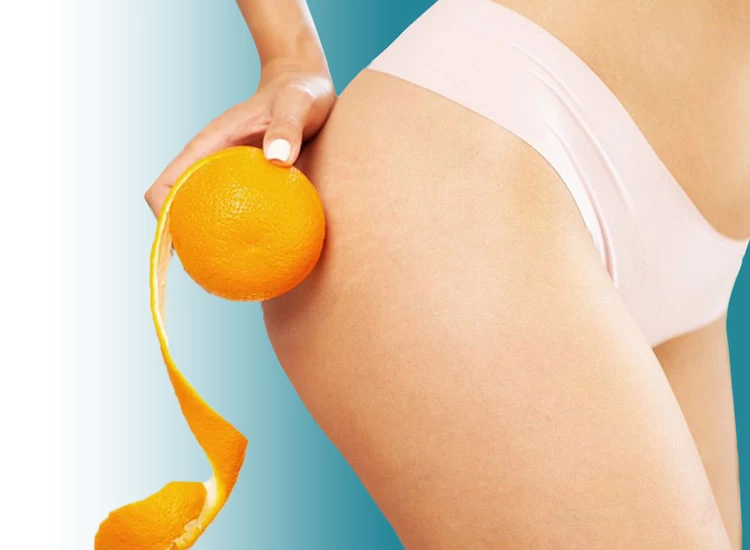
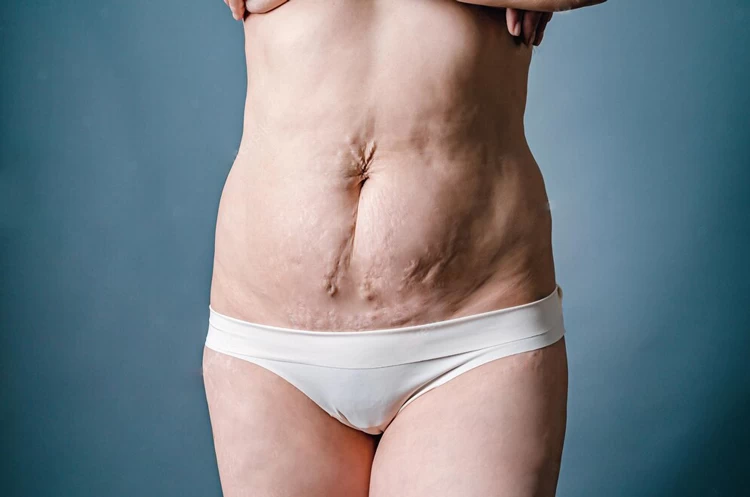
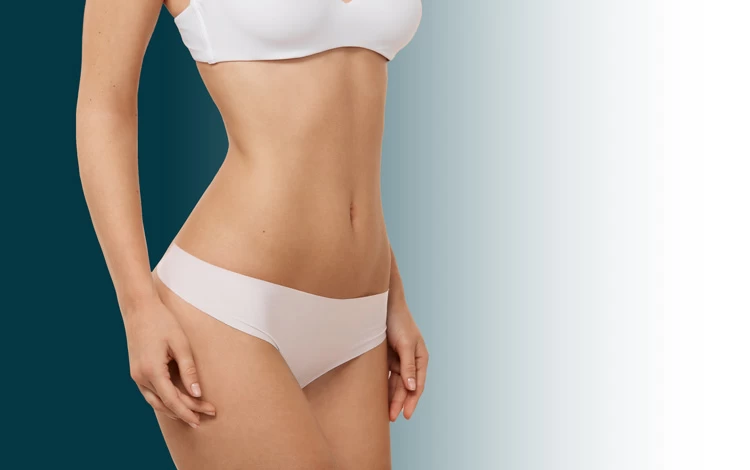
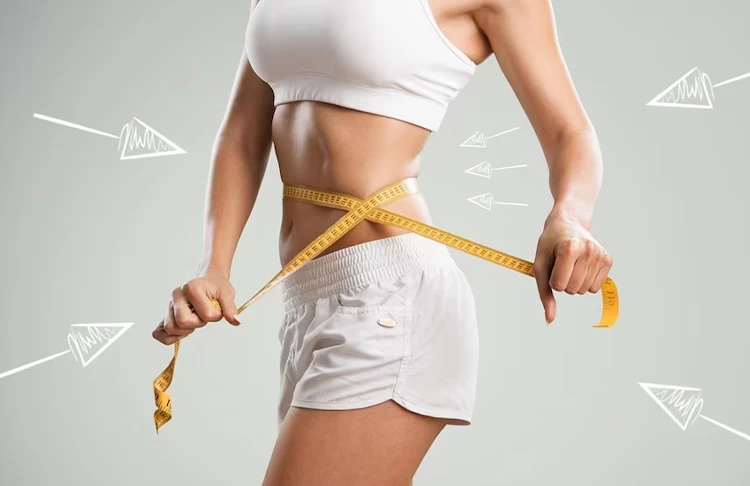
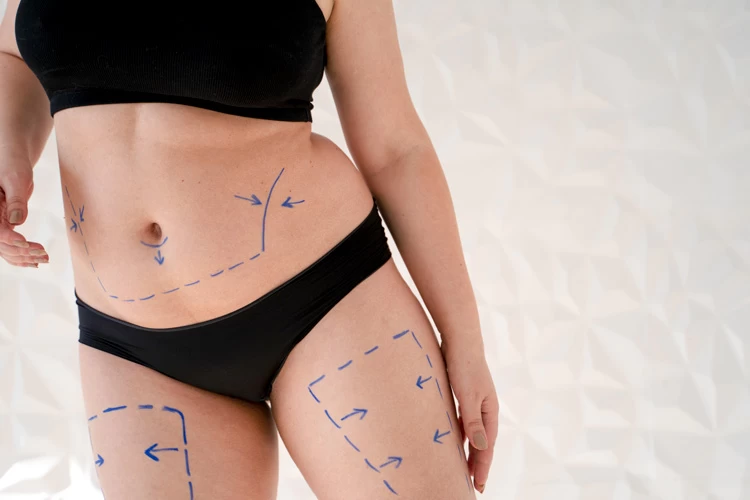
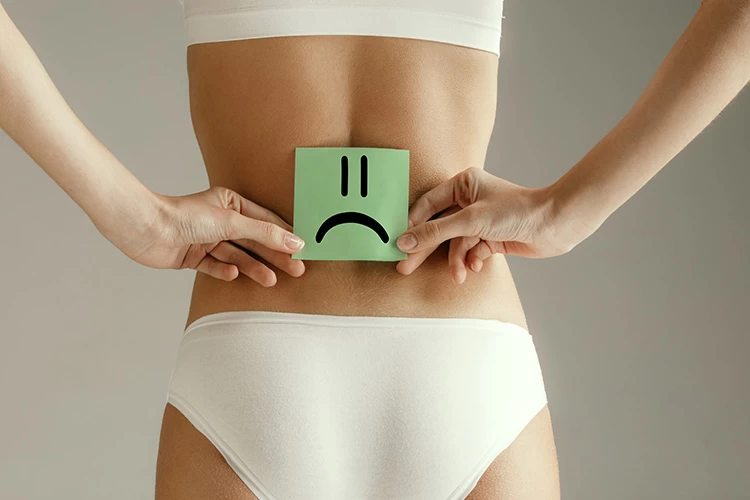

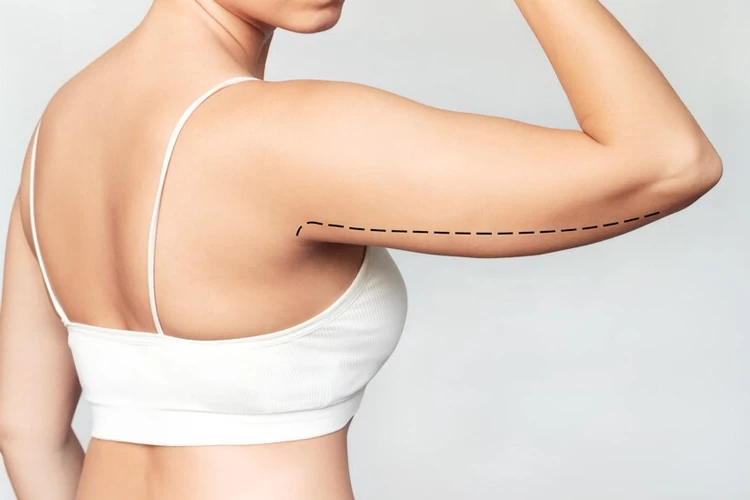
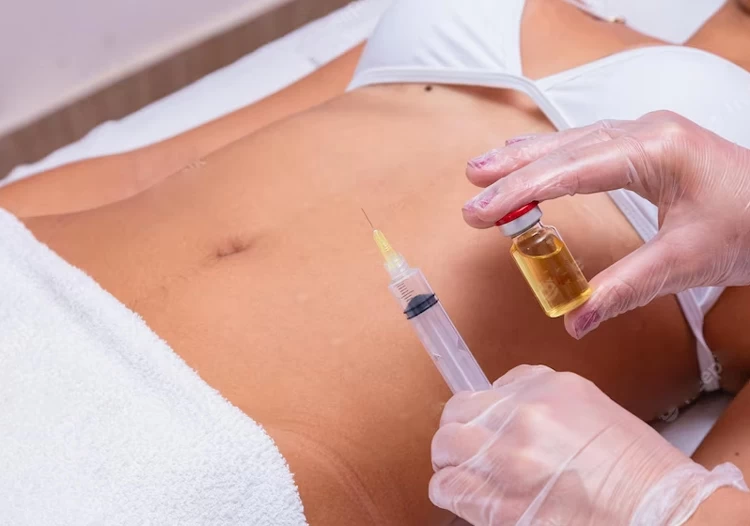
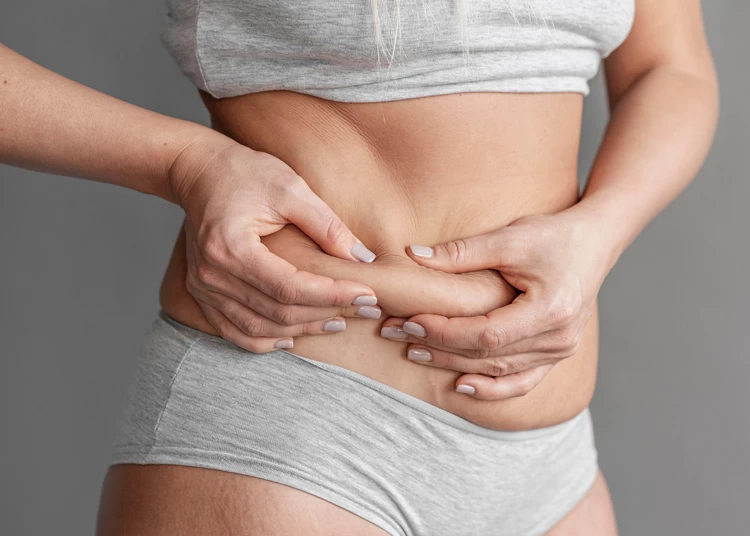
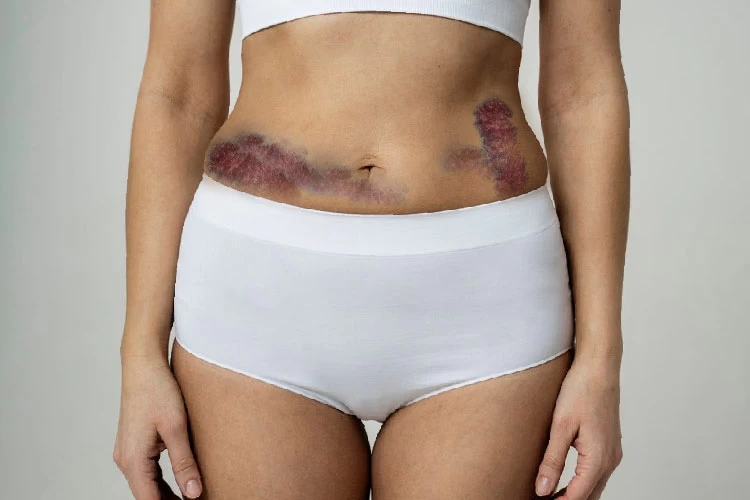
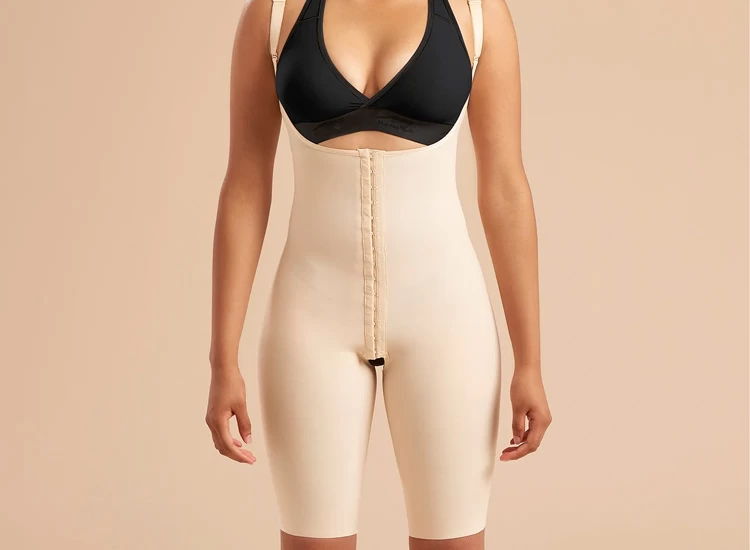

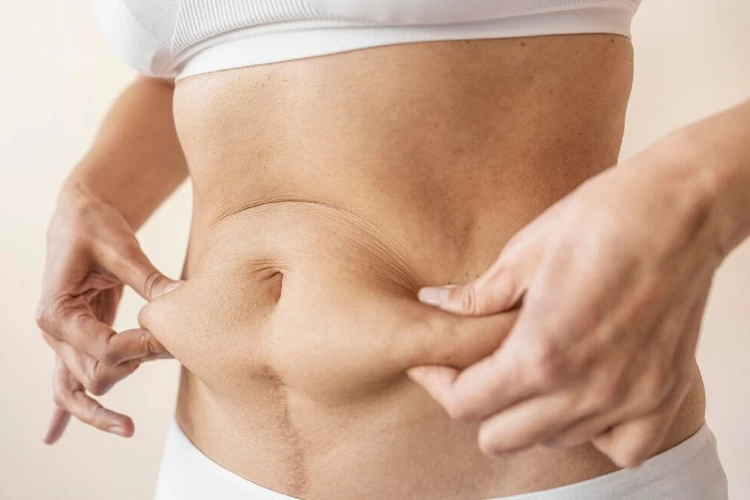
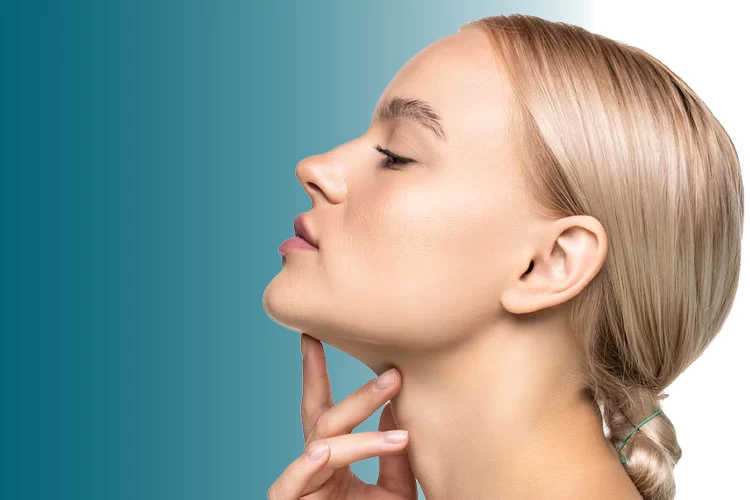
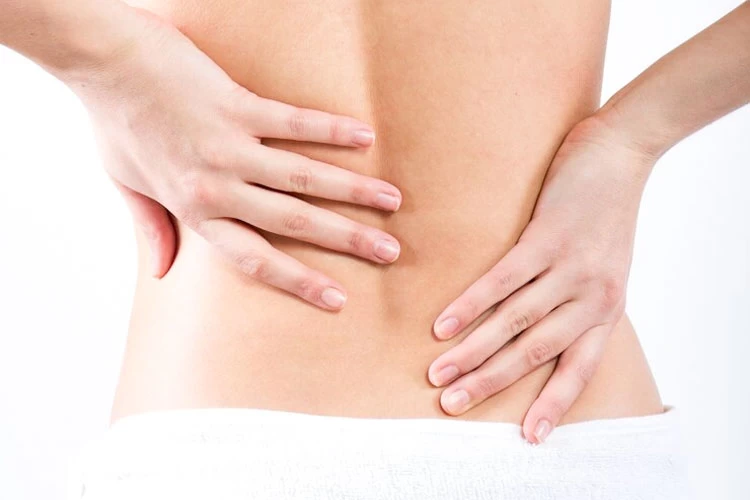
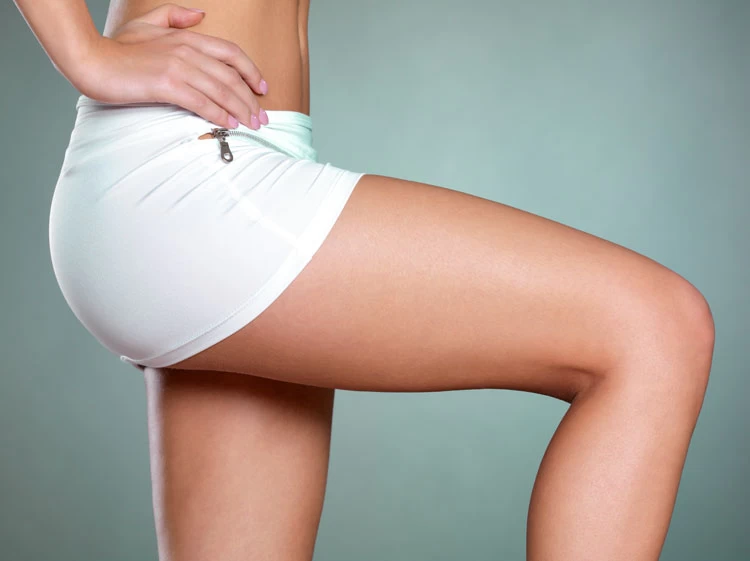
No reviews
Your comment